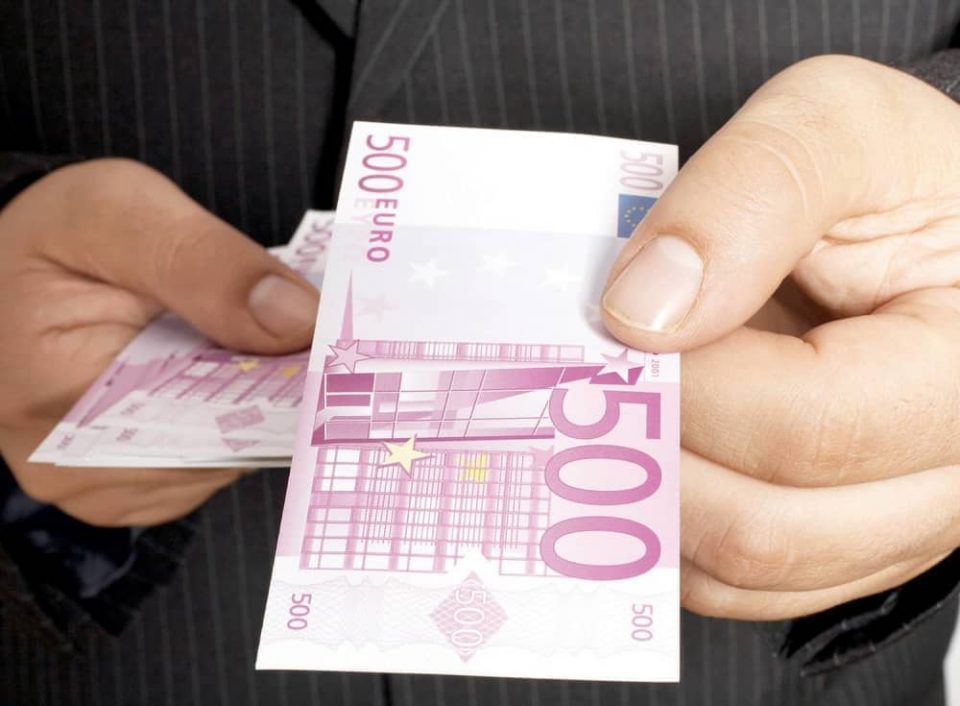The European Central Bank (ECB) has announced that as of the 27th January 2019, 17 of the current 19 members of the euro-zone will no longer issue or distribute the €500 denomination banknote. The ECB has confirmed that both the Austrian National Bank and the German Bundesbank will however continue to both print and distribute the discontinued denomination until the 26th April in order to ensure a smooth transition and for logistical reasons.
Originally issued in 2002 as part of the first series of euro banknotes designed by Robert Kalina, the first notes carried the signature of Willem F. Duisenberg, first president of the ECB, followed by Jean-Claude Trichet and Mario Draghi — the second and third Presidents of the European Central Bank, respectively. The ECB announced in May 2016 that it would no longer issue or produce the banknotes, and, as a result, the highest denomination would not be upgraded or included in the new “Europa” series first launched in 2013. The largest denomination banknote in the single currency area is one of the world’s most valuable banknotes with a current exchange value at U.S. $570 alongside the 1,000-Swiss franc note which is currently valued at U.S. $1,010.
According to ECB statistics, the purple and violet-coloured 500-euro banknote, which included a depiction of 20th century architecture from 1930 onwards, accounts for just 2.4 percent of the total number of banknotes in circulation, but a little over 20 percent of the total value. At the end of November 2018, there were 521 million of the banknotes in circulation. Though 500-euro banknotes were actually last printed in 2014, the demand for their use has been satisfied since from outstanding stocks.
Source: news.coinupdate.com





Comments are closed for this post.